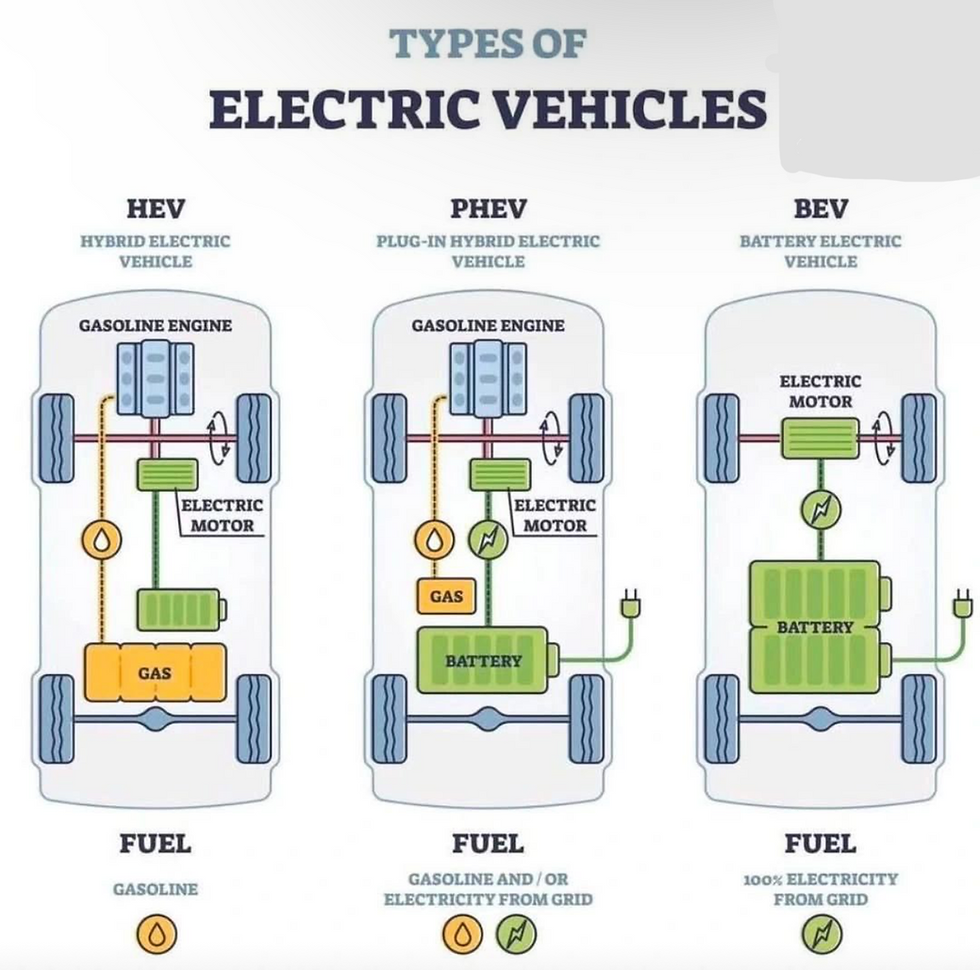The Importance of Proper EV High-Voltage Battery Maintenance: Trickle Charging vs. Supercharging
- ampedevpro
- Jan 30
- 2 min read
As electric vehicles (EVs) become increasingly popular, understanding how to properly maintain their high-voltage (HV) battery systems is essential for longevity, efficiency, and safety. The battery pack is the heart of an EV, and how it is charged significantly impacts its lifespan. In this blog, we will explore best practices for maintaining an EV HV battery system and discuss the importance of trickle charging versus frequent supercharging.
Why EV HV Battery Maintenance Matters
EV batteries degrade over time due to chemical and thermal stress. Proper maintenance helps slow this degradation, preserving range and performance. Neglecting battery care can lead to reduced capacity, increased charging times, and even costly replacements. To maximize battery life, EV owners should adopt good charging habits and follow manufacturer guidelines for optimal battery health.
Best Practices for Maintaining Your EV HV Battery
Avoid Deep Discharges – Keeping the battery charge between 20% and 80% helps reduce stress on the cells and extends longevity.
Use Scheduled Charging – Charging overnight at home with a Level 1 or Level 2 charger allows for gradual replenishment, reducing thermal stress compared to rapid charging.
Monitor Battery Temperature – Extreme heat or cold can accelerate battery wear. Parking in shaded areas during summer and pre-conditioning the battery in winter can help maintain its health.
Regular Software Updates – EV manufacturers often release updates that optimize battery performance and efficiency.
Limit Excessive High-Power Charging – While fast charging is convenient, excessive reliance on high-power chargers can accelerate degradation.
Trickle Charging vs. Supercharging: Which is Better?
Trickle Charging (Level 1 & Level 2)
Trickle charging refers to slower, low-power charging methods using a standard home outlet (Level 1) or a 240V Level 2 charger.
Benefits:
Less heat generation, reducing stress on battery cells
Promotes balanced charging, which extends battery lifespan
Ideal for overnight charging, ensuring a full charge with minimal degradation
Drawbacks:
Slower charging speeds (Level 1 may take over 24 hours for a full charge)
Not ideal for long trips requiring quick turnarounds
Supercharging (DC Fast Charging)
Supercharging refers to high-powered DC fast charging, such as Tesla Superchargers and other rapid charging networks, which can charge an EV up to 80% in under 30 minutes.
Benefits:
Quick and convenient for long-distance travel
Provides rapid replenishment when in a time crunch
Drawbacks:
Generates more heat, which can accelerate battery wear over time
Frequent fast charging may lead to reduced long-term battery capacity
Some manufacturers implement charge speed throttling to prevent damage
The Verdict: Balance is Key
For daily use, trickle charging is the best choice to maximize battery health and longevity. Supercharging should be reserved for road trips and emergencies rather than routine charging. By adopting a balanced approach and following proper maintenance practices, EV owners can ensure their battery remains in peak condition for years to come.
Final Thoughts
Taking care of an EV's high-voltage battery isn’t just about extending its lifespan—it’s about maintaining range, efficiency, and overall vehicle performance. By understanding the differences between trickle charging and supercharging, EV owners can make informed decisions that contribute to a healthier battery and a more sustainable driving experience.
Have you noticed any changes in your EV's battery performance based on your charging habits? Share your experiences in the comments below!




Comments